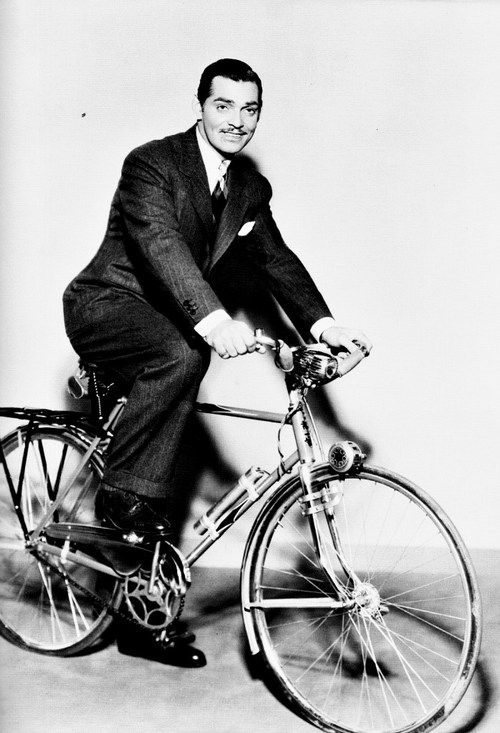Growing up, like other families during the second half of the 20th century, life’s narrative was filled with travel, little echoes that wash off the coattails of migration and colonialism filled with the lure of ‘hope’, understanding, perhaps domination and material gain. DNA etched with greener grass, propelling destruction and creation, gulags and utopias. A host of restless people’s stories trickled down and infused into me, a grandparent’s family’s sugar cane plantation years in Trinidad, a great uncle, a scholar of geothermal energy employed in the early fossil fuel industry, back another generation, an early bicycle manufacturer in Ohio who attempted to make the transition to cars in California. Peripatetic men and women who’s drive from the Western world just kept going, driving them further West into newer indigenous and wild territory.
This seems to be the world vibe in the years leading up and into the early 20th Century. People itching to move, in the swirl of Victorian industrialism and leisure.
As the 20th century progresses, populations grow and frontiers terminate and are replaced by borders. Prosperity spreads and technology advances, this itch to move carries on. The notion of travel morphed, through occupations of Europe and Japan, to an aspiringly luxurious post-war ‘lifestyle’ blossomed in the 1950s, then to the ‘jet set’ of the 60s on into the capitalistic overdrive and hyperconsumption of the 90s and 2000s. Now we continue to move around the planet more than ever, as the internet likes to brag, everything is at our fingertips. As the world allegedly ‘shrinks’, travel has become a lifestyle in itself, a way of living.
What happens when we can’t move around so much? How do we fulfill the sense of life while living in place? How do we maintain the excitement of travel, when the environment or economy or life’s complications keep us ‘home’? How do we satisfy the desire to see new things, experience hope of discovery, but there’s no more go-west young man, no visible frontier? Can we roam closer to home? What happens when where you go crumbles or sinks beneath your feet, when fires and floods and air quality and disease evict and confine us? When there’s no gas, no satellite, no on-switch? Do we become drug addicts? narcissists? Do we become infonauts and travel through imagined realities? Do we puff ourselves up and protect ourselves with second hand information? Yes, apparently, to most of that.
My first experience with meditation, sitting on a cushion facing a wall in silence, I found it utterly oppressive, the stillness. I’d panic, sweat, my heart would pound, the urge to get up and run ricochet from my mind to my body and back. After some minutes I could calm down. Sitting still for me was about the most challenging thing in the world I could confront. Much credit to my peripatetic DNA, amongst other gifts.
So, what have I learned from Buddhism and meditating about staying put? And moving around?
That everything is always changing interdependantly is fundamental, but often invisible to our minds especially in perceived stillness. My teacher would always warn, “meditation is not a magic carpet!” but maybe the nature of sitting and living life are a bit more like that than we think.
I’ve always felt I need to move to experience change, to feel life. Just keep moving. But everything around us is already always changing, evolving, moving interdependently all the time, ruled by laws of nature (even mountains and high rises move). Discovery ‘should’ occur continuously. We love to people watch, hike rolling hills, peaks and valleys, stare into burning fires.
The writer and environmentalist Gary Snyder wrote that a natural human doesn’t range so far, that our relationship to where we are goes to a realm deeper, into what he calls the Wild, aka wilderness, nature, the dharma, the wild places within ourselves and around us, regardless of where you are on the wilderness to rural or urban scale. This is the system of change that rules everything.
That said, the human animal is built to move, to range. Living and moving are synonymous. Snyder points out, it is the land that built us.
How could we be were it not for this planet that provided our very shape? Two conditions – gravity and a livable temperature range – have given us fluids and flesh. The trees we climb and the ground we walk on have given us fingers and toes. The “place” gave us far-seeing eyes, the streams and breezes gave us versatile toungues and whorly ears. The land gave us a stride, and the lakes a dive. The amazement gave us our kind of mind. (Gary Snyder, The Practice of the Wild pg. 31)
Who are you? Where are you? Are you where you are?
What is place? What is self? What is the relationship? Is there a border between self and place? What are your ‘circumstances’ and ‘surroundings’?
If you engage in the act of ‘knowing yourself’, you also need to know place, your location as defined by everything and everyone you actually encounter. Environmentalism is a form of self-care, each person caring for the entire world through a dynamic interconnectedness. Indigenous lives give clues, what still exists and what is known. Modern life feels more muddled, though most people understand, for example, you don’t poop in your bed.
Buddhism is also about suffering and its causes, much of it stemming from desire, a thirst to quench that propels us. See next post, Quenching the thirst for life.
